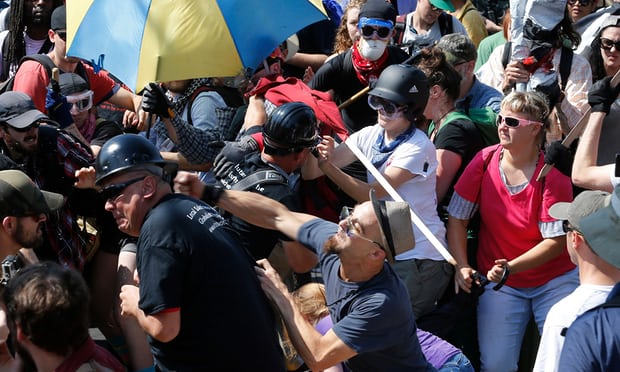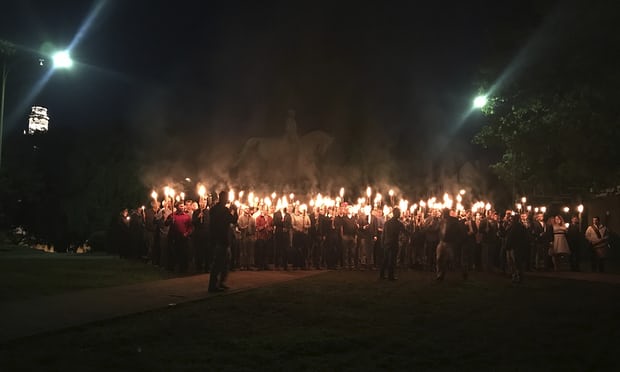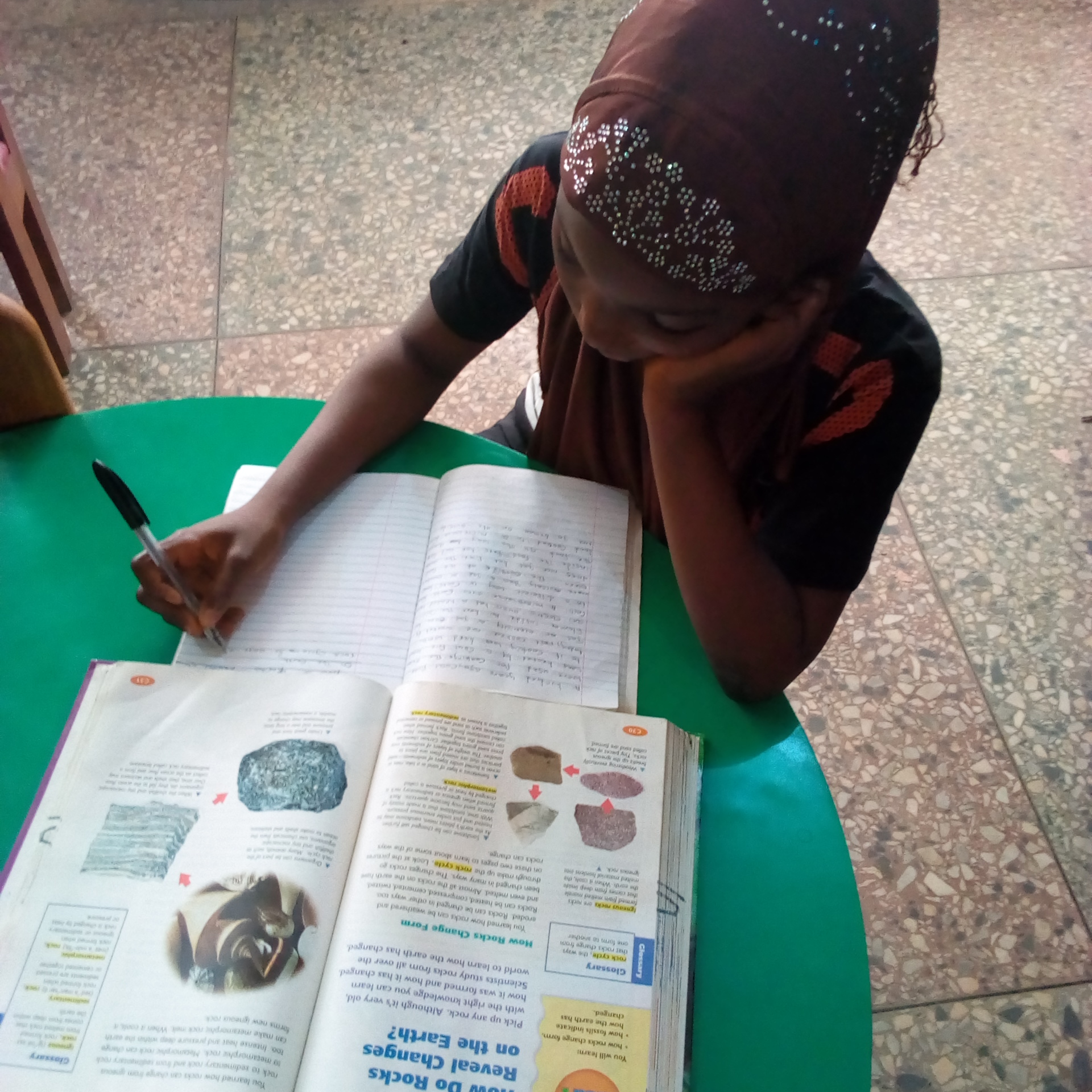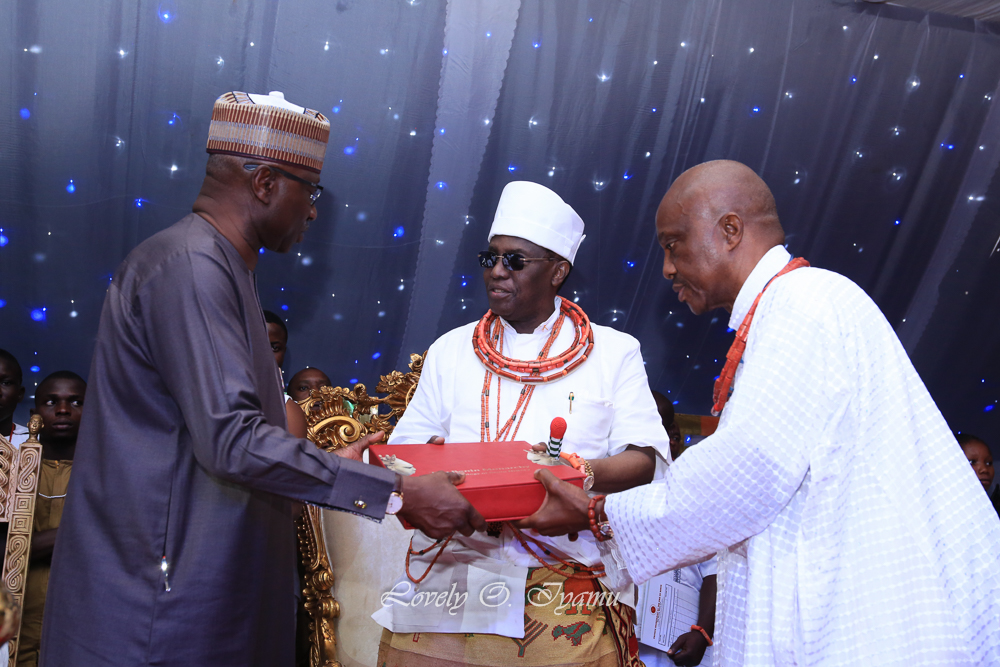By Lois Beckett – The Guardian US
[dropcap]I[/dropcap]n May, a few dozen white supremacists gathered after dark in a park in Charlottesville, Virginia. They had brought garden torches and candles, and they set them aflame while posing in front of a statue of confederate general Robert E Lee that Charlottesville was trying to remove.
The demonstration in front of the statue lasted about 10 minutes, according to one local report. But before the police arrived and dispersed the provocateurs, who were led by Richard Spencer, a white nationalist most famous for getting punched in the face, the flames had attracted the attention of local TV news cameras and a local newspaper reporter, who took a photograph of the men with their flaming torches and shared it on Twitter. The photo, with the outline of the slave-owning general rising out of the smoke, was widely republished around the world.
The May torch rally was one of the first of a series of increasingly violent white supremacist provocations that culminated in an 12 August rally that brought hundreds of white supremacists to march in the streets of Charlottesville and engage in open clashes with counter-protesters.
By the afternoon, a car attack on peaceful demonstrators left 32-year-old Heather Heyer dead and dozens more injured. A young white man who marched with the white nationalists was charged with murder.
The violence in Charlottesville forced city leaders and law enforcement officials to re-examine what they did, and failed to do, to prevent neo-Nazis from terrorizing an entire town. The city’s police chief resigned in December after a public report faulted the police for making choices that failed to keep the city safe.
Media organizations have faced their own reckoning over their coverage of white supremacist groups. Some critics have argued that it is dangerous and unnecessary to give fringe racists prominent coverage, and that simply ignoring their public stunts would be a safer choice.
Others have argued that in a country where the president responded to a violence neo-Nazi march by condemning the violence of “both sides,” and suggested that there were “very fine people” who marched alongside the Nazis, media organizations have treated open white supremacists too much as freaks or aberrations, failing to investigate their ties to America’s systemic racism and its more circumspect and powerful racists.
For the past year, news organizations have struggled to strike the right balance: when is covering of fringe far-right groups necessary, and when does coverage serve only to heighten the profile, and the influence, of conspiracy theorists and racist extremists?

The coverage of the August rallies in Charlottesville – which clearly documented the extremism and the violence of white supremacist groups – was widely seen as newsworthy. On 11 August, a coalition of white supremacists led a larger torch march across the University of Virginia’s campus, chanting “You will not replace us!” and “Jews will not replace us!”
By August, the young white men with torches were not posing briefly in the shadows. They were marching so openly that they could be easily identified – and many were, prompting some families and employers to publicly repudiate their racist advocacy.
But the photograph of the earlier torch protest in May, which was reproduced almost universally by major news outlets, including The Guardian, provides a more complex case study in the difficulties of covering media-savvy extremists.
The May rally clearly invoked the flaming torches wielded by the Ku Klux Klan, even though Spencer tried to claim in an interview that the torches were simply “a beautiful aesthetic” and “kind of mystical”. It was an image of resurgent racist violence, and it spoke to one of the biggest news stories of the year, the way that Donald Trump’s presidency had energized far-right racist groups.
The photograph was also an expert piece of white supremacist propaganda, an image staged by a racist provocateur to generate exactly the kind of media coverage that it received, said Joan Donovan, a researcher at the Data and Society Institute who studies media manipulation.
By spreading that image across the world, Donovan argues, news organizations were not simply covering white supremacists, they were amplifying their message – and helping to fuel their later protests.
Jessie Daniels, a sociologist who has studied American white supremacist groups for decades, said she believes it was important for news organizations to feature the May photo of the torch protest around the Lee statue in Charlottesville.
“Run the photo. How could you not?” she said. “To me, it makes the case that this is dangerous, that they’re dangerous, that they’re a threat to a democracy and a threat to other people.”
Michael Shaw, the publisher and founder of Reading the Pictures, a site that analyzes news photos and media images, drew a similar conclusion. Shaw has repeatedly criticized media images that present neo-Nazi activists as just ordinary folks, which he calls “mainstreaming hate by casting it in a softer light”.
Unlike feature stories about the everyday lives of neo-Nazis, the image of a torch-wielding mob clearly invoked white supremacists groups’ long history of terrorism and murder.
What was essential about the Charlottesville photo from May, Shaw said, is its context and its timing. The torch protest was not a random provocation. It came after a victorious presidential campaign fueled by nationalistic and xenophobic rhetoric, after the White House’s immediate move to temporarily ban visitors from seven Muslim-majority countries, and after repeated celebrations of Trump’s presidency by neo-Nazi and white supremacist leaders.
A gathering of white men with torches to deliberately invoke Klan violence “is an extraordinary, incendiary scene”, Shaw said. “The fact that they felt like they could really do that in an open way – I think it had to be covered.”
But analysts like Donovan, who study how news coverage fuels extremist movements, pose thorny questions about the impact of disseminating images of carefully staged white supremacist protests, no matter how newsworthy they might be.
The issue here is the effect of “amplifying” white supremacist images and messages across major media channels, even if the images were presented with the appropriate context, highlighting their inherent threat of violence.
Did the major media coverage the May photograph received embolden and energize white nationalist activists? Was the widespread news coverage of the May photograph even a factor in making the August rallies there so large, so intense, and ultimately so violent?
White nationalists and neo-Nazis greeted the media attention to the May photograph as a victory, and reportedly cited the coverage of the photograph as an inspiration as they planned a much larger rally in August, Donovan said, based on leaked “Unite the Right” planning messages.
“They’re saying in their conference call and in their email messages, in their Facebook posts and podcasts, ‘We’re going to do a torch march, we’re going to do something similar to what we did that got all that attention in May,’” Donovan said. The racist organizers were “depending on the media” to want to reemphasize that shocking photo “and give more attention to them”, she said.
In the civil rights era, detailed media coverage of lunch counter sit-ins to protest racial segregation was an important vehicle for spreading sit-in tactics from one town to the next, Donovan said. As she put it, “The press is always implicated – and has always been implicated – in recruitment for all movements.”
One of the things that’s different about white supremacist organizing – a political movement with a history of murder and genocide – is that their protests are designed to spread fear as well as awareness, Donovan said.
“Those photos are terrifying. They’re staged to look intimidating, and that’s where the trouble really lies,” Donovan said. “Taking the picture and placing it on the front page of the news and circulating it online is amplifying that terror.”
Since the violence in Charlottesville, Spencer has focused on events at university campuses, where the universities have been forced to pay for elaborate security measures, and in “flash mob” events, where he and his followers show up briefly, take photographs to share on social media, and then vanish. He staged one of these flash mobs in Charlottesville in October, which was again widely covered by media outlets, though this torchlight rally again lasted only minutes.
Donovan said she hopes media organizations will develop a consensus around what to do with carefully staged scenes of white supremacist protest – perhaps a consensus not to publish certain kinds of images, something media outlets have done in other contexts.
Back in May, she suggested, news editors could have chosen to run an article about the white nationalist protest in Charlottesville without using the provocative and frightening and iconic photo.
They might also have decided that a brief rally by a small group of white nationalists in a local park was not international news. “How many rallies have happened in that park that nobody’s covered before or since then?” she said.
Charlottesville’s mayor, Mike Signer, has long denounced Richard Spencer as an attention-seeking troll. But he said that the May torch protest photograph also captured a day of real fear and anxiety for Charlottesville citizens.
While it was clear that the mainstream media could sometimes be used an “an instrument for trolls and terrorists”, Signer said, there was no “clear cut” answer for what coverage would transcend trolling. “It’s not for me to lecture them on how to do it,” the mayor said. “It’s just a clear challenge.”
“I think we all are involved in a complicated struggle right now which is to denounce hatred and elevate unity while also not allowing ourselves to be trolled,” he told The Guardian. “The mainstream media has a choice whether they’re being used for this sort of trolling.”
After the white supremacist violence in August, Charlottesville staged counter-protests, with hundreds of people lifting up candles instead of torches. The street where Heather Heyer died, now dedicated to her, was covered with messages praising Heyer’s heroism in marching against white supremacy: “Heyer Purpose.”
“You magnified her.” “Love will prevail.” A month after she was killed, local Charlottesville businesses displayed signs emblazoned with Heather’s name inside a heart. Her face and her name have become powerful icons used globally in the fight against white supremacy and neo-Nazi groups.
When Spencer spoke at the University of Florida this fall, an audience members asked him about his responsibility for Heyer’s death. “It’s your fault!” the crowd chanted. “It’s your fault.”






